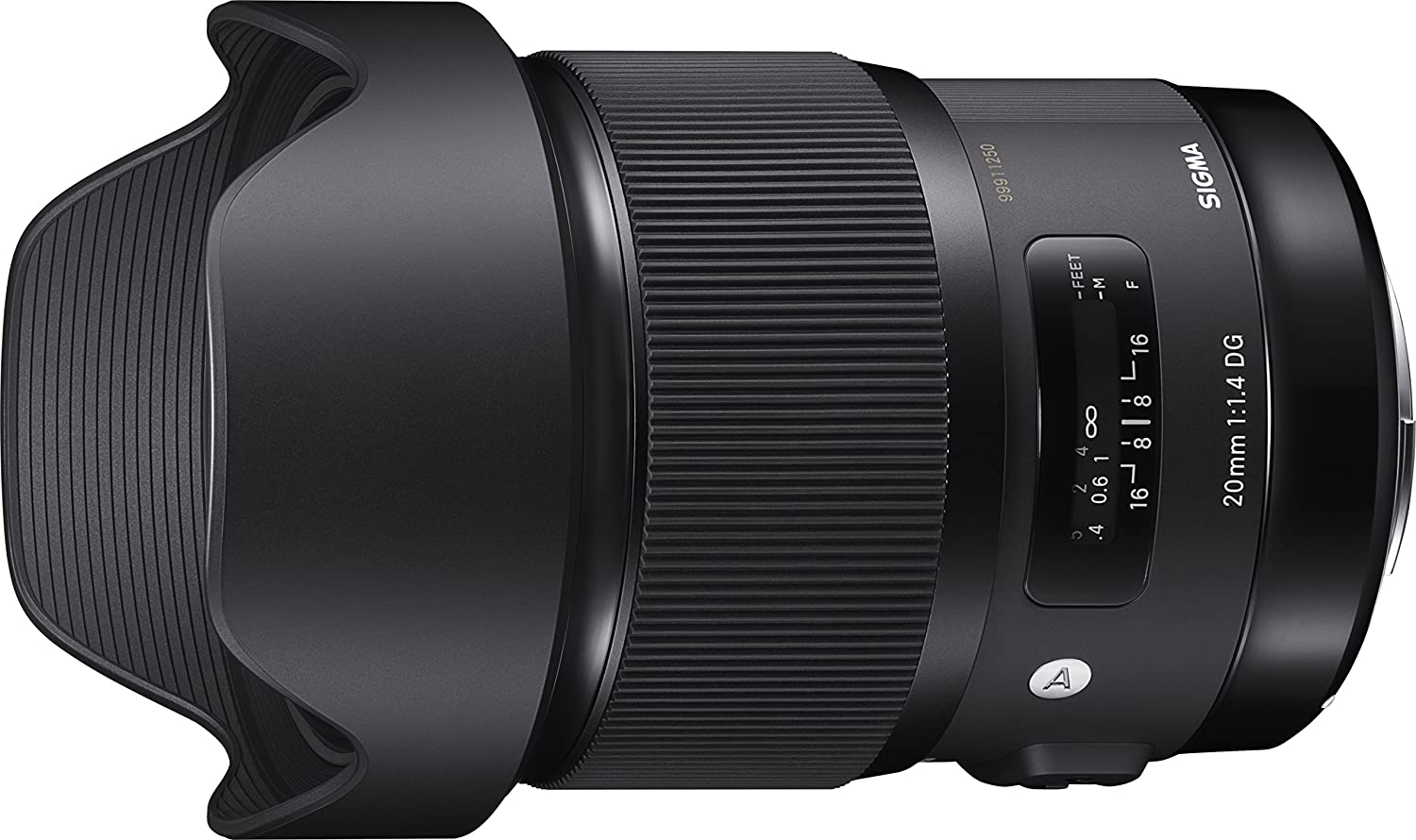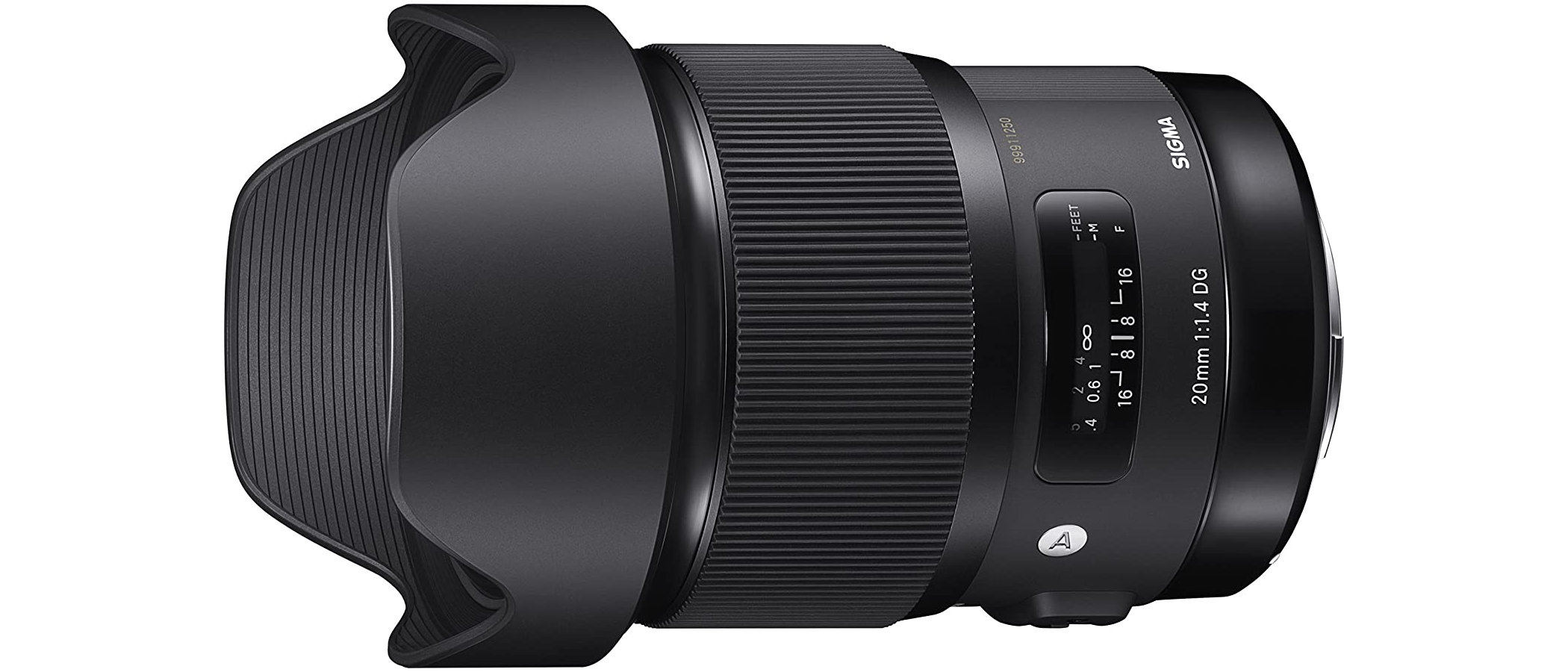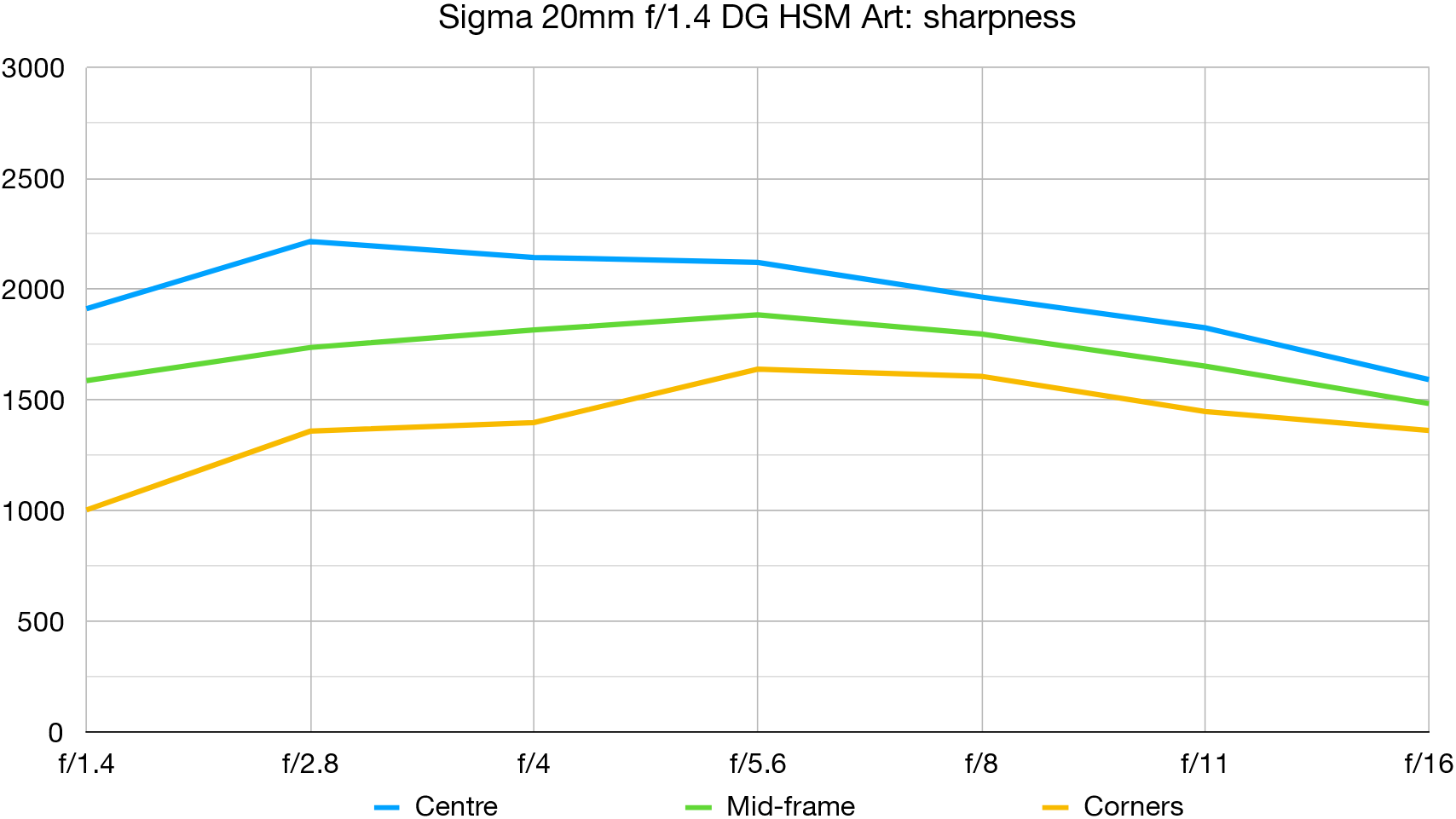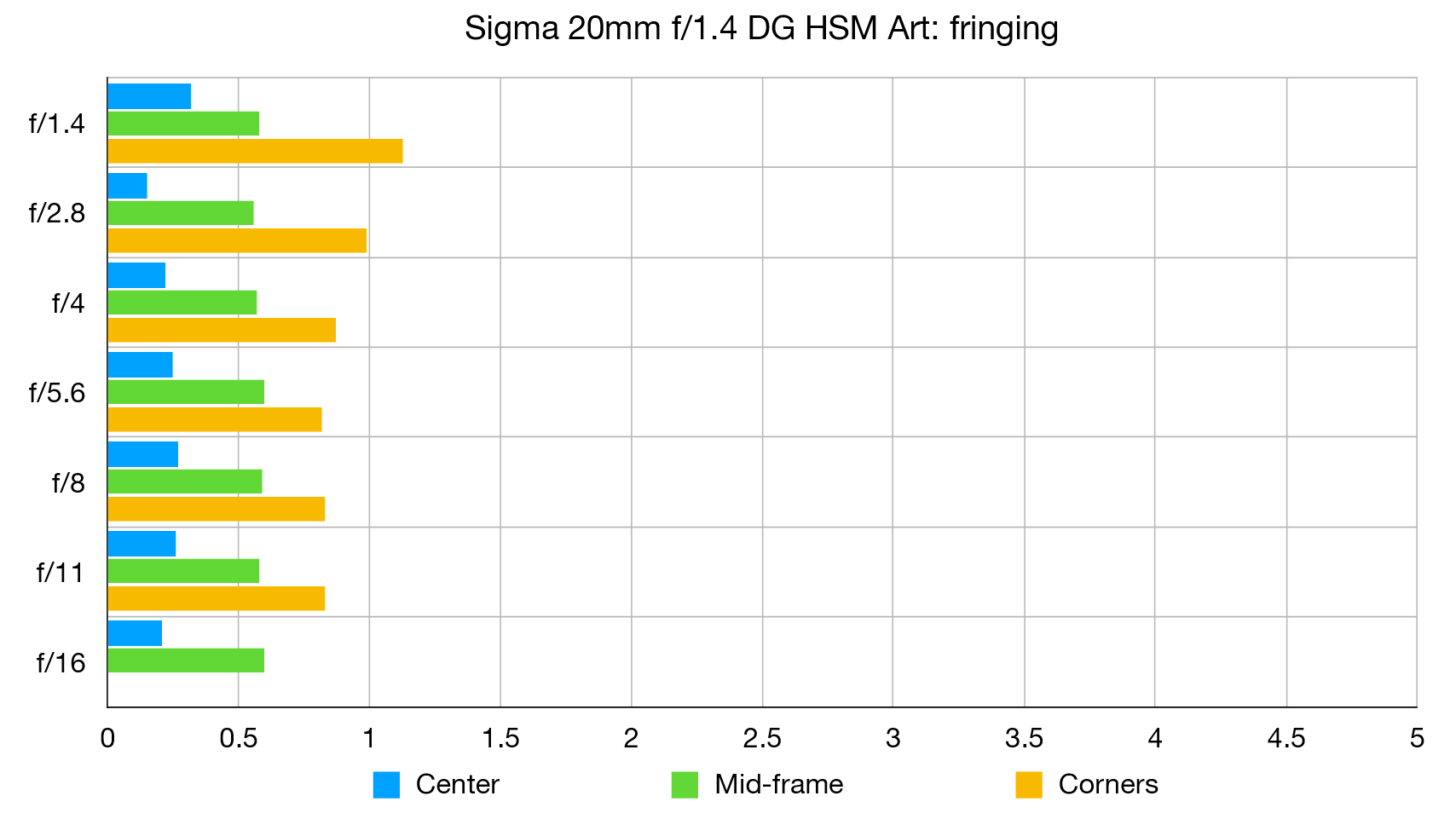Digital Camera World Verdict
20mm f/1.8 lenses are relatively common but this Sigma goes two-thirds of an f/stop faster at f/1.4, becoming a world-first for full-frame cameras. The extra light-gathering potential is great for shooting landscapes at twilight, architectural interiors and the night sky. With impressive build quality, image quality and overall performance, and considering the technical challenge of making a 20mm f/1.4 lens, the Sigma is excellent value at the price.
Pros
- +
Ultra-wide viewing angle
- +
Fast f/1.4 aperture
- +
Very good value for money
Cons
- -
Weighty at 950g
- -
Integral fixed hood
- -
No filter attachment thread
Why you can trust Digital Camera World
When you need an ultra-wide viewing angle with a fast aperture, the Sigma 20mm f/1.4 DG HSM Art fits the bill perfectly. Originally designed for Canon EF and Nikon F mount DSLRs, it’s been subsequently adapted to also include Leica L and Sony E mount options, thus making it available for mirrorless cameras as well. That said, there’s a more recent and completely redesigned ‘DG DN’ version for mirrorless cameras in these two mount options, which delivers even better performance.
Specifications
Mount: Canon EF, Nikon F, Leica L, Sony E
Full frame: Yes
Autofocus: Yes
Stabilization: No
Lens construction: 15 elements in 11 groups
Angle of view: 94.5 degrees
Diaphragm blades: 9
Minimum aperture: f/16
Minimum focusing distance: 0.28m
Maximum magnification ratio: 0.14x
Filter size: None
Dimensions: 91x130mm
Weight: 950g
Key features
We’ve long been fans of Sigma ‘Art’ series prime lenses, which include popular focal lengths of 24mm, 35mm, 50mm and 85mm, all with fast aperture ratings of f/1.4. The 20mm lens goes extra-large on viewing angle (95 degrees), while retaining the hallmark f/1.4 aperture. It’s the world’s first 20mm full-frame compatible lens to achieve this, by featuring a large-diameter double aspherical element at the front of the optical path, that poses a significant manufacturing challenge.
The optical design also includes two top-grade FLS (‘Fluorite’ Low Dispersion) elements and no less than five SLD (Special Low Dispersion) elements, aiming to deliver excellent sharpness and contrast, with minimal color fringing. Build quality is excellent although, as with some other Sigma Art lenses, weather-seals are not featured.
There’s no getting away from the fact that the combination of wide viewing angle and wide aperture results in a big build. At 91x130mm and 950g, this lens much bigger and heavier than typical 20mm f/1.8 lenses. A problem for landscape photography is that the bulbous and protruding front element requires an integral hood for protection, which precludes the use of regular screw-in filters or filter holders. However, Lee Filters offers an adaptor specifically for the lens, making it compatible with the SW150 Mk II filter system.

Performance
For such an ultra-wide-angle lens, sharpness is superb across the whole frame, and sharpness is retained very well even at the widest aperture. Color fringing is very minimal and while barrel can be a little noticeable, it’s very uniform in nature and easy to correct during image editing. A boost to performance when using the lens with current and recent Canon DSLRs is that the full range of automatic in-camera corrections are available.
Lab results
We run a range of lab tests under controlled conditions, using the Imatest Master testing suite. Photos of test charts are taken across the range of apertures and zooms (where available), then analyzed for sharpness, distortion and chromatic aberrations.
We use Imatest SFR (spatial frequency response) charts and analysis software to plot lens resolution at the center of the image frame, corners and mid-point distances, across the range of aperture settings and, with zoom lenses, at four different focal lengths. The tests also measure distortion and color fringing (chromatic aberration).
Sharpness:
Levels of sharpness are excellent across the entire image frame, right out to the extreme edges and corners, with minimal drop-off at the widest aperture of f/1.4. That’s no mean feat for such an ultra-wide-angle lens.
Fringing:
There’s only very marginal color fringing towards the edges and corners of the frame at f/1.4, and it’s further reduced at narrower apertures.
Distortion: -2.51
The best camera deals, reviews, product advice, and unmissable photography news, direct to your inbox!
There’s remarkably little barrel distortion for a 20mm lens, and it’s very uniform in nature making it easy to correct if necessary, during image editing.
Verdict
20mm f/1.8 lenses are relatively common but this Sigma goes two-thirds of an f/stop faster at f/1.4, becoming a world-first for full-frame cameras. The extra light-gathering potential is great for shooting landscapes at twilight, architectural interiors and the night sky. With impressive build quality, image quality and overall performance, and considering the technical challenge of making a 20mm f/1.4 lens, the Sigma is very good value at the price.
Read more:
• Best camera lenses to get
• Best Canon lenses
• Best Nikon lenses
• Best Sony lenses
Matthew Richards is a photographer and journalist who has spent years using and reviewing all manner of photo gear. He is Digital Camera World's principal lens reviewer – and has tested more primes and zooms than most people have had hot dinners!
His expertise with equipment doesn’t end there, though. He is also an encyclopedia when it comes to all manner of cameras, camera holsters and bags, flashguns, tripods and heads, printers, papers and inks, and just about anything imaging-related.
In an earlier life he was a broadcast engineer at the BBC, as well as a former editor of PC Guide.





